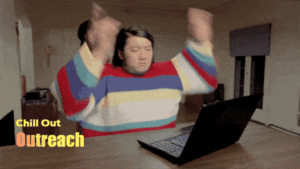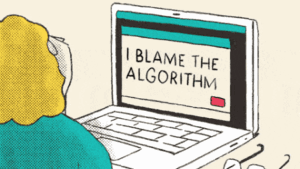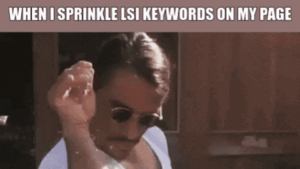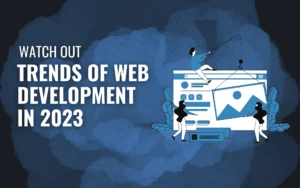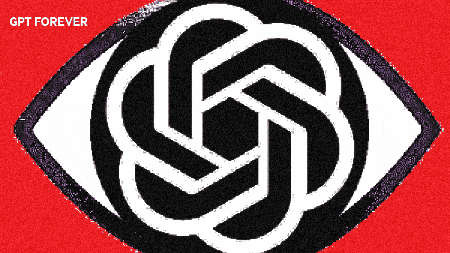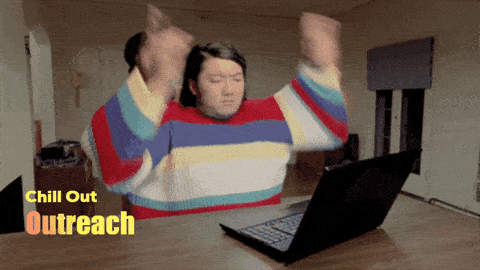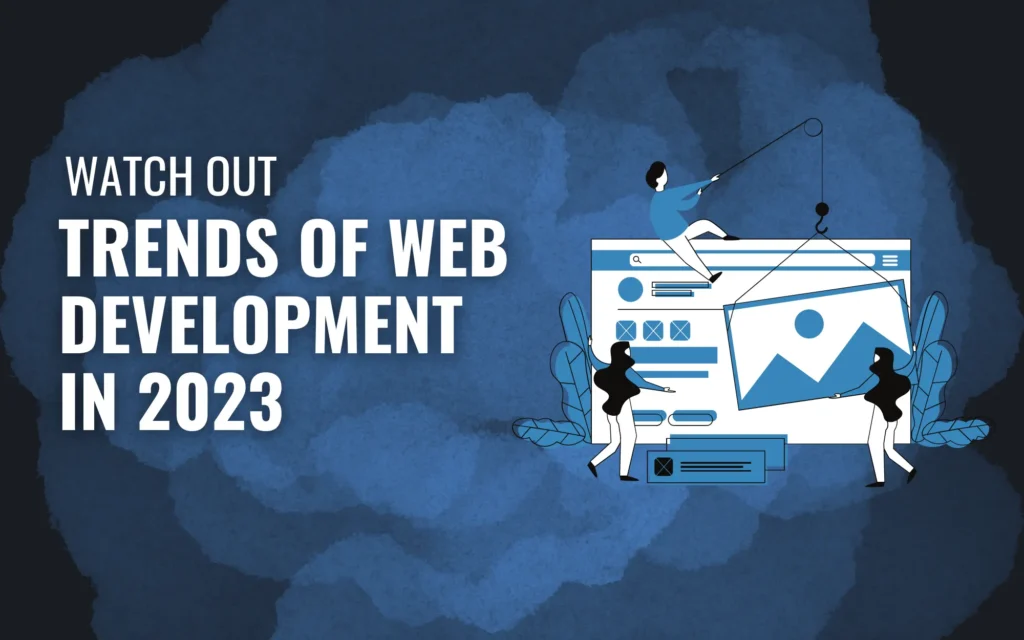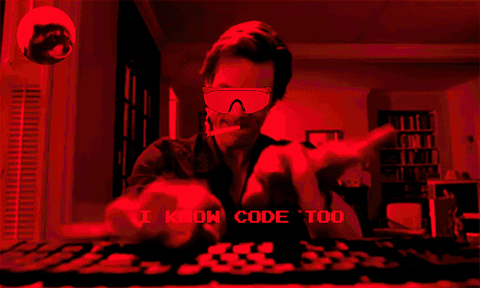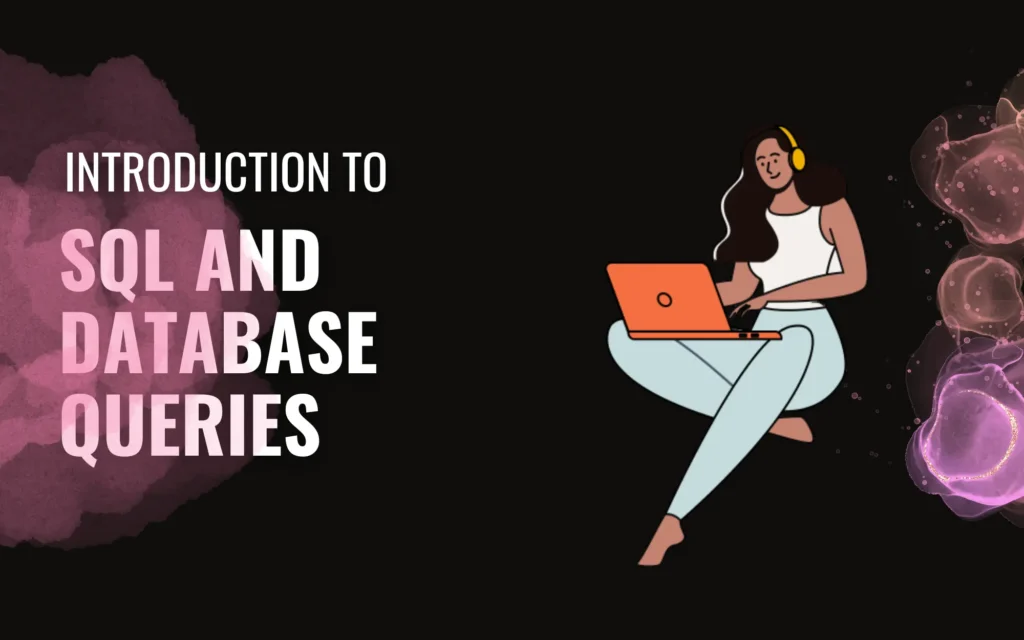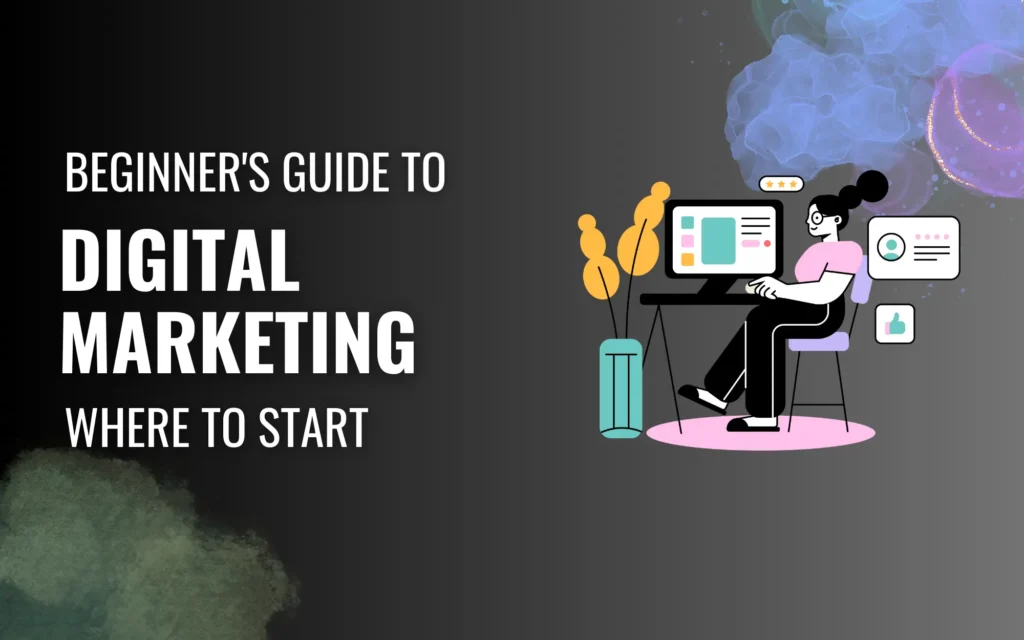CSS (Cascading title Sheets) is a fundamental engineering in net undefined that allows you to control the seeable appearance and layout of HTML elements. In this blog post, we’ll cover the fundamentals of CSS, including selectors, properties, values, and layout techniques
Introduction to CSS
CSS is a style shrou language used to define the presentation of a document written in HTML. It works by associating rules with HTML elements, specifying how they should be displayed. CSS provides a right and elastic way to control the design and layout of web pages.
Selectors
CSS selectors are old to target specific HTML elements for styling. Selectors can target elements based on their label name, class, ID, attributes, or relationship to strange elements. Some commonly secondhand selectors admit element selectors (e.g., p, h1, a), class selectors (e.g., .classname), ID selectors (e.g., #idname), and attribute selectors (e.g., [attribute=value]).
Properties and Values
CSS properties undefined the visible characteristics of an element, such as its color, size, font, or positioning. Each property has a similar esteem that determines how the property should be applied. For example, the color property sets the text color, and the font-size prop sets the size up of the font. Values can be specified using keywords, numeric values, percentages, or other mensuration units.
Box Model
The box model is a fundamental concept in CSS that describes how elements are rendered on the web page. Each undefined is treated as a rectangular package with content, padding, border, and margin. The content area is where the actual content of the element resides, while padding adds quad ‘tween the content and the element’s border. The border surrounds the element, and the margin provides space exterior the element.
Layout Techniques
CSS offers versatile techniques to control the layout of elements on a net page. or s commonly used layout techniques include:
Floats: Floats allow undefined to be positioned to the left wing or right of their containers, creating a text wrap effect. They are unremarkably used for creating multi-column layouts or placing images alongside text.
Flexbox: Flexbox is a powerful layout model that allows you to create flexible and responsive layouts. It enables you to control the alignment, ordering, and sizing of elements inside a container.
Grid: CSS Grid Layout provides a two-dimensional grid system for creating undefined and responsive layouts. It allows you to define rows and columns and place undefined within the grid, providing fine-grained verify over the layout.
Positioning: CSS positioning allows you to precisely position undefined on the net page. It includes static, relative, absolute, and nonmoving positioning, each with its own behavior and characteristics.
Responsive Design
Responsive plan is an important aspect of modern font web development, ensuring that websites adapt to different test sizes and devices. CSS media queries allow you to apply different styles based on the characteristics of the device, such as screen width, height, or orientation. By victimization media queries, you can produce responsive designs that provide best viewing experiences across various devices.
Conclusion
CSS is a fundamental technology in net development that allows you to control the visual appearance and layout of HTML elements. By understanding selectors, properties, values, the box model, layout techniques, and sensitive plan principles, you put up create visually appealing and responsive web pages. CSS provides a powerful and flexible way to enhance the user experience and bring your designs to life on the web.



